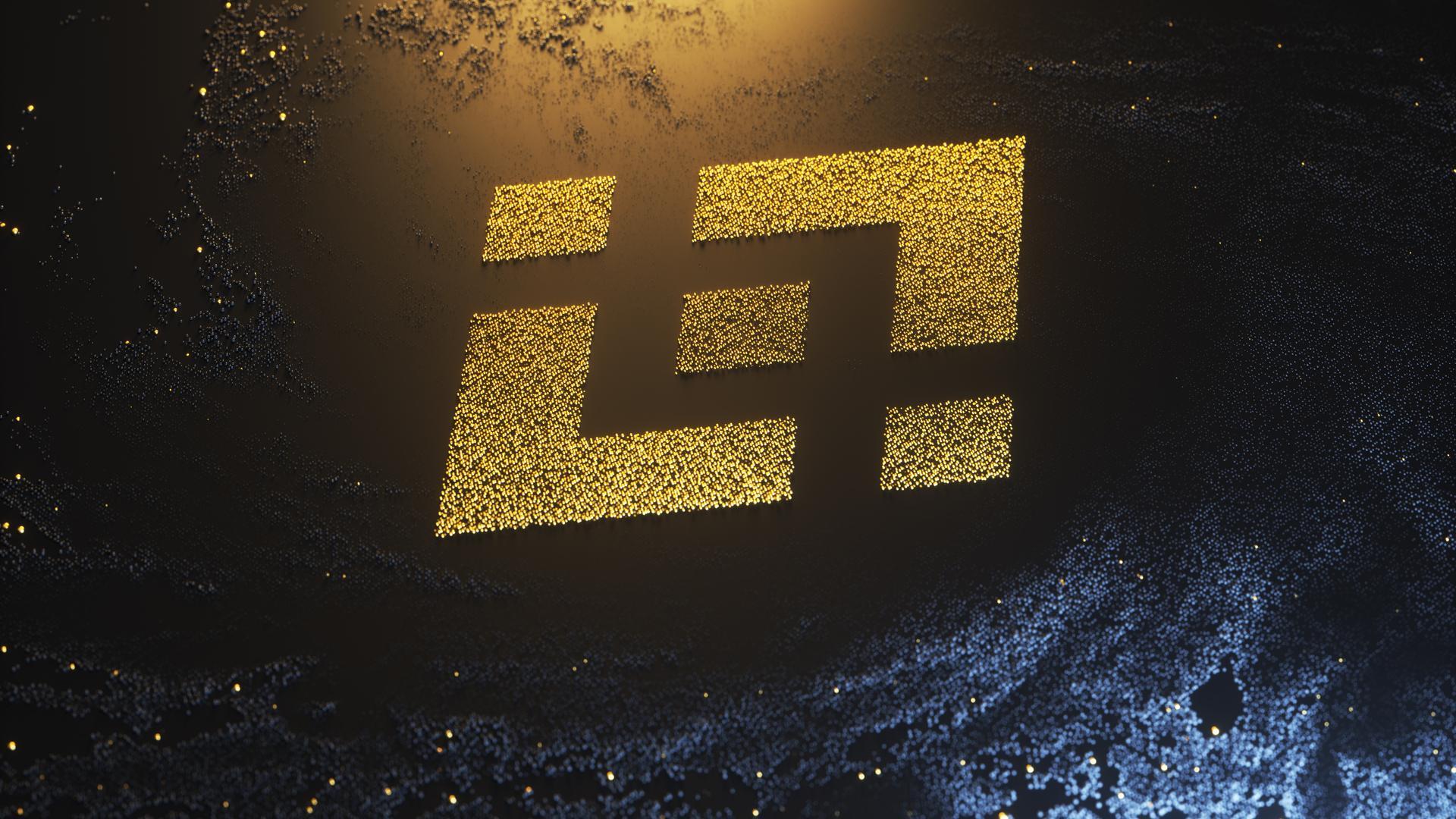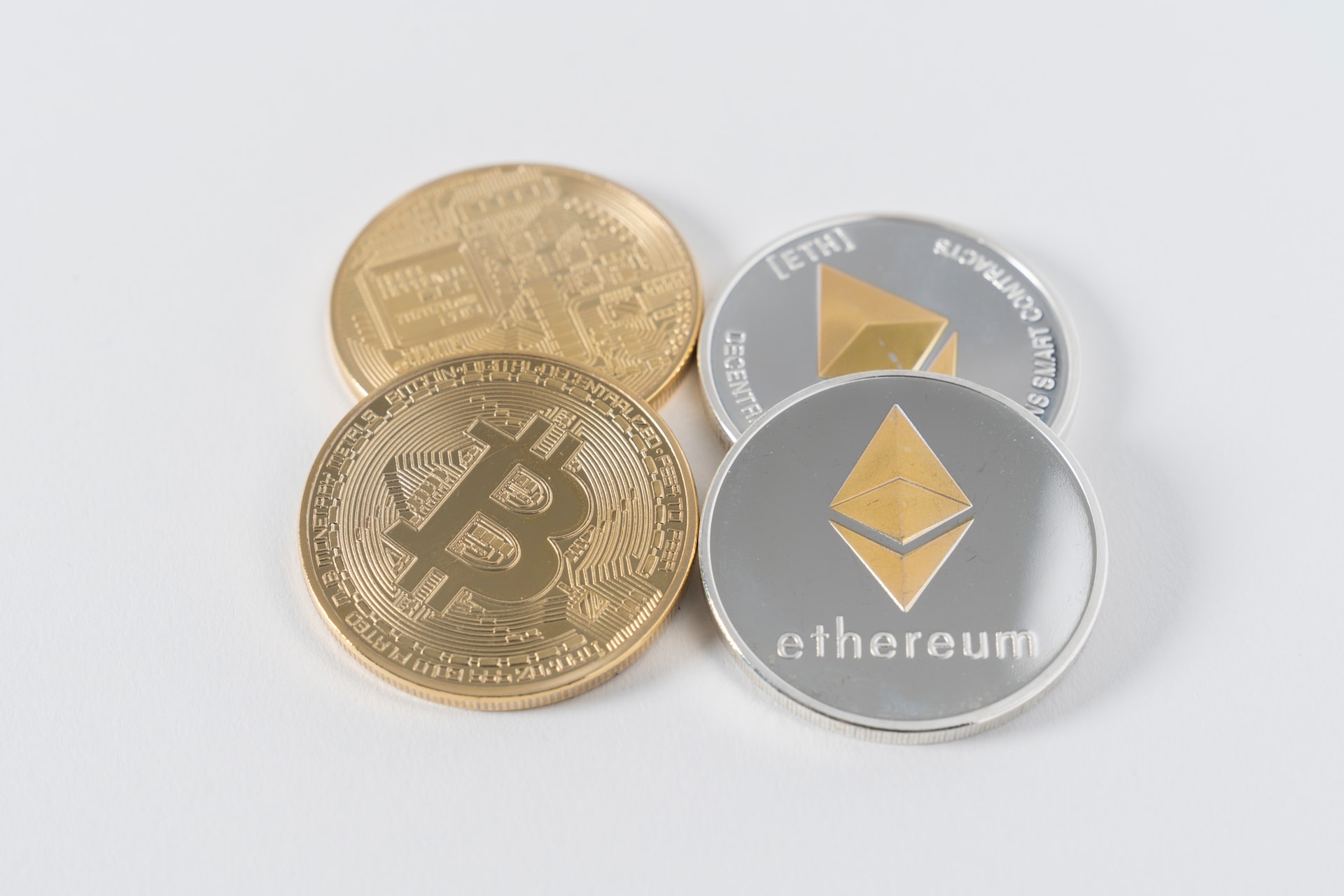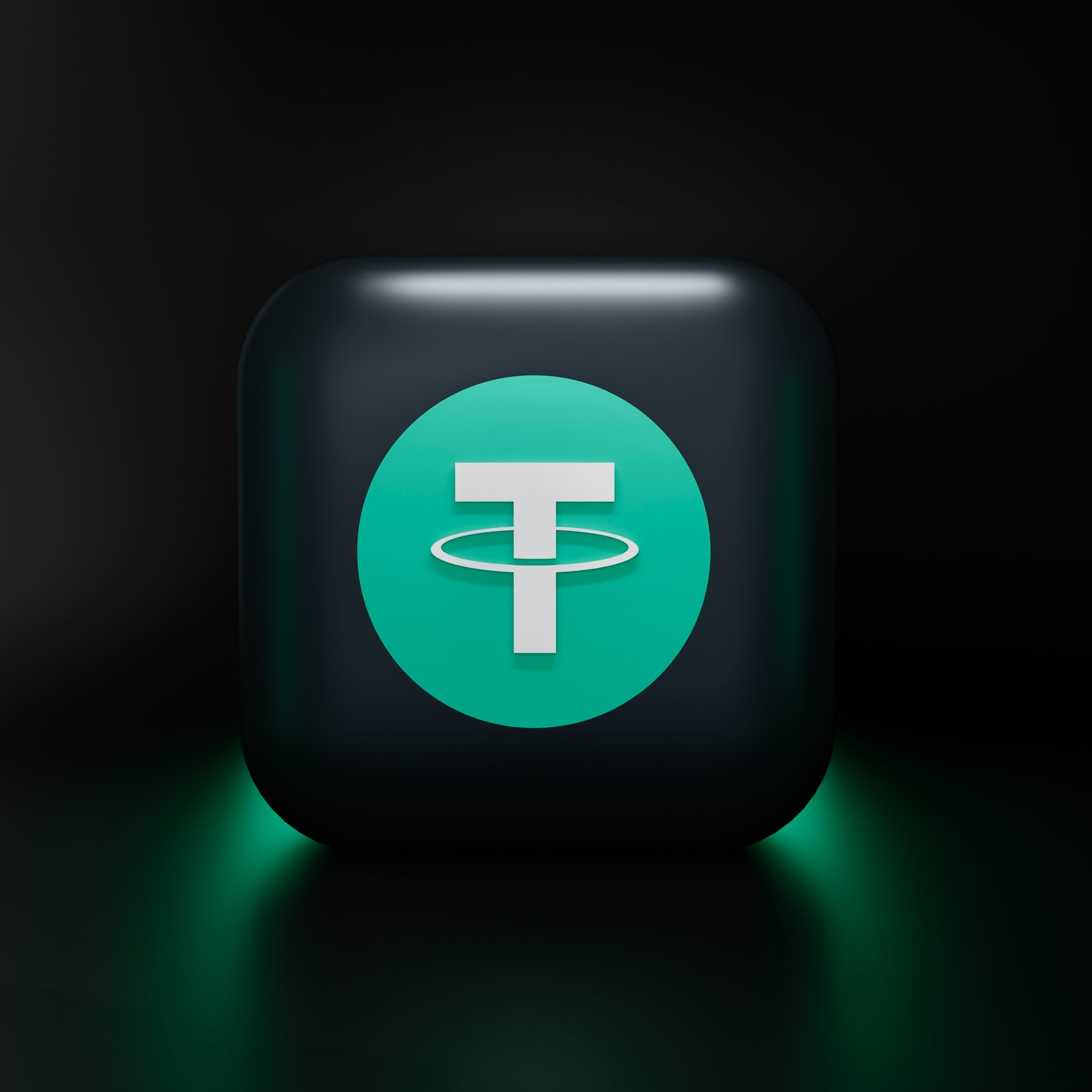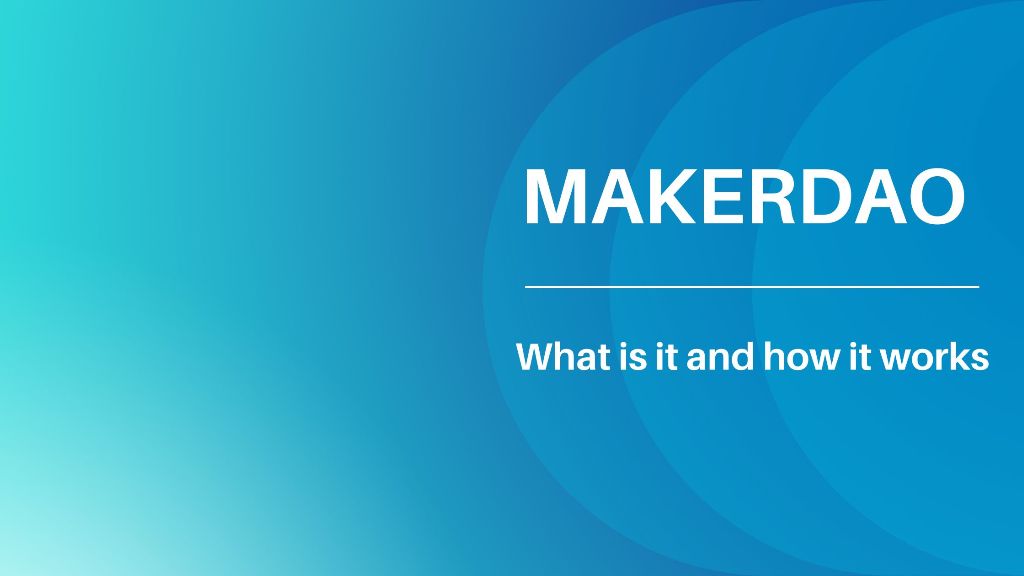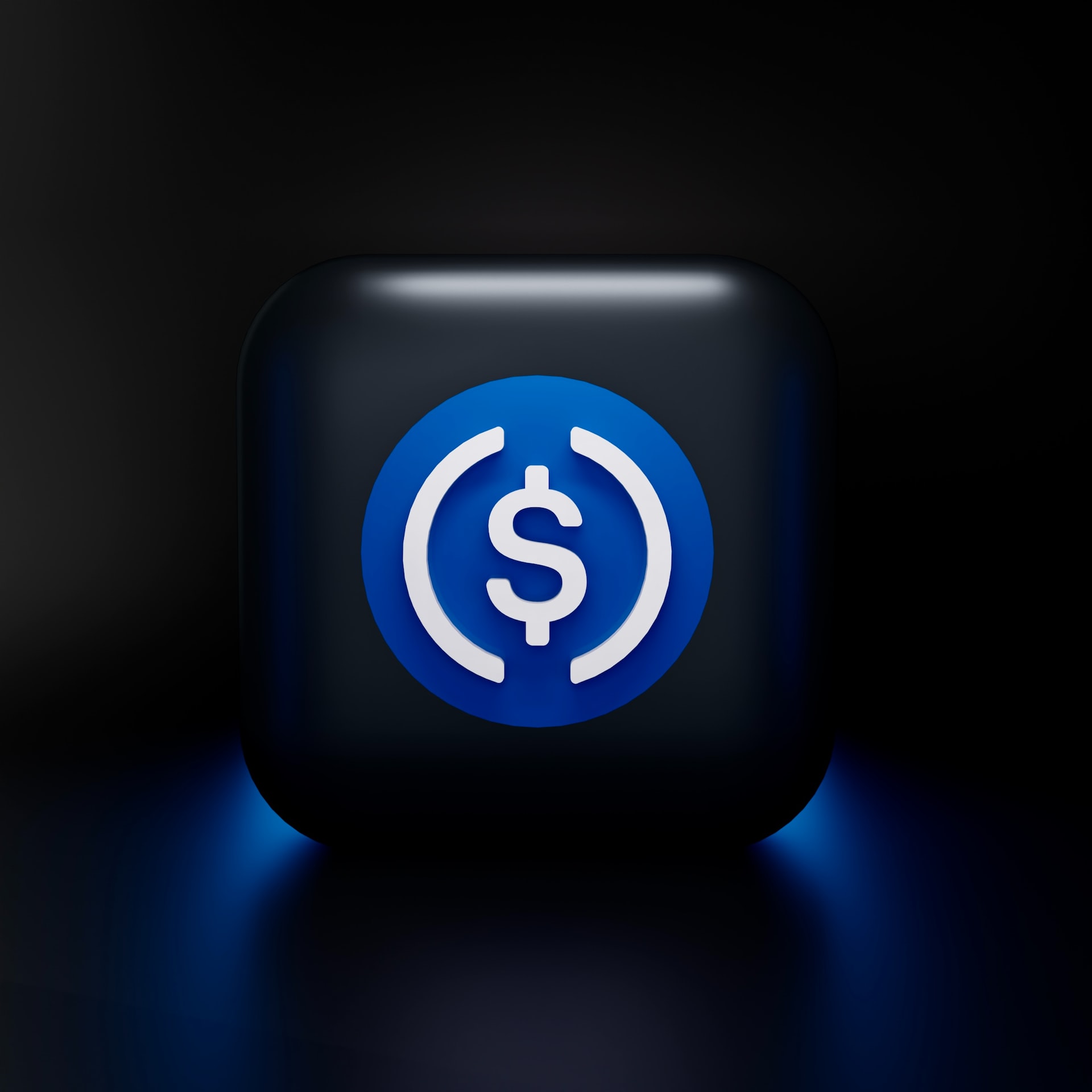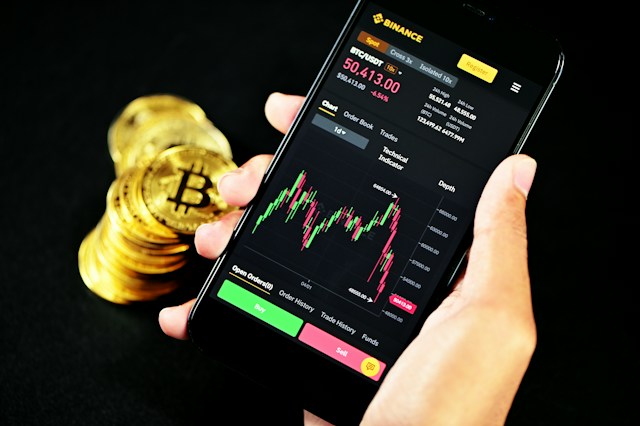
Mastering and Introducing USDT Wallets: A Comprehensive Guide to Your Tether Holdings
What a USDT wallet is:
The significance of a robust and trustworthy wallet cannot be overstated, especially when it concerns Tether (USDT). A USDT Tether wallet, essentially an application or device, serves as the guardian of your private and public keys—vital components that facilitate transaction signing and denote your blockchain address. This article aims to illuminate the pivotal role of USDT wallets, guiding you through the selection process and spotlighting premier options for safeguarding your Tether Stablecoins.
The importance of secure crypto storage:
Whether you’re navigating the waters of Tether trading as a veteran or just starting your journey, understanding the mechanisms of USDT wallets is crucial. These wallets not only offer a haven for your digital currency but also ensure that your investments remain both safe and readily accessible, providing a bulwark against the volatility and unpredictability inherent in the cryptocurrency market.
Understanding Tether (USDT)
Overview of Tether
Tether (USDT), often simply referred to as USDT, stands out as a stablecoin tethered to the value of the US dollar. This pegging mechanism aims to provide a stable price point, distinguishing USDT from the more volatile crypto assets. By mirroring the US dollar, Tether offers traders and investors a semblance of stability, enabling participation in the crypto market without the typical price volatility. Its widespread acceptance and utility in trading and investment circles underscore its significance in the crypto ecosystem.
Role of Tether Limited
Behind the scenes, Tether Limited operates as the architect and issuer of USDT, marking its territory on the blockchain with a platform designed to digitize traditional fiat currencies. Despite facing scrutiny and controversies over transparency and reserve claims, Tether Limited asserts that it maintains reserves equal to the circulating USDT, aiming to instill user confidence. This assertion positions Tether Limited as a pivotal figure in the stablecoin domain, navigating the challenges of marrying cryptocurrency flexibility with fiat currency stability.
Choosing your best Tether wallet
Hardware wallets: pros and cons
For those prioritizing security above all, hardware wallets stand as the fortress of crypto storage. These physical devices, designed to keep your private keys offline and out of reach from online threats, offer an unparalleled level of security. Renowned for their robust protection, hardware wallets like Ledger Nano and Trezor have become the gold standard for safeguarding digital assets.
- Pros:
- Enhanced security: The offline storage of private keys shields your assets from cyber-attacks and malware.
- Physical control: You have tangible possession of your crypto storage, giving a sense of ownership and security.
- Ease of use: Despite their advanced security features, many hardware wallets boast user-friendly interfaces for hassle-free asset management.
- Cons:
- Cost: Quality comes at a price, with hardware wallets requiring an initial investment.
- Physical risks: Susceptible to physical damage or loss, which could lead to irreversible loss of assets without proper backup.
- Less convenience: Not as readily accessible for quick transactions compared to their online counterparts.
Web wallets: accessibility vs. security
Web wallets offer a blend of convenience and accessibility, allowing for the storage of USDT tokens directly in your browser or on a dedicated website. This ease of access supports frequent transactions and on-the-go asset management.
- Pros:
- Easy access: No need for downloads or installations, making web wallets highly convenient for immediate use.
- Ideal for regular transactions: Suited for those who engage in frequent trading or need quick access to their funds.
- Cons:
- Vulnerability to hacks: Storing data online increases the risk of cyber threats and hacking attempts.
- Custodial risks: Many web wallets are custodial, meaning you may not have full control over your private keys, posing a risk if the service is compromised.
Selecting the right USDT wallet is a balance between security needs and convenience preferences. Each type offers its unique benefits and potential drawbacks, making it crucial to assess your individual requirements and risk tolerance.
Desktop and mobile wallet solutions
Desktop wallets: a balanced option
Desktop wallets represent a middle ground between the high security of hardware wallets and the convenience of web wallets. Installed directly on your computer, they offer a blend of accessibility and safety by storing your private keys on your machine, away from online vulnerabilities.
- Pros:
- Control and security: With your keys stored on your desktop, you have full control over your assets, reducing the risk of online theft.
- Balance of convenience and safety: While connected to the internet, they’re as handy as web wallets; disconnected, they rival the security of hardware wallets.
- Cons:
- Potential online risks: Constant internet connection can expose desktop wallets to online threats, albeit less so than web wallets.
- Device dependency: If your computer is damaged or fails, recovering your assets can be challenging without proper backups.
Mobile wallets: convenience and risks
Mobile wallets bring the functionality of a desktop wallet to your smartphone, offering the ultimate convenience for managing your Tether on the move.
- Pros:
- Portable security: Keep your USDT safe in your pocket, accessible wherever you have your phone.
- Ease of use: Mobile wallets are designed for on-the-go transactions, making them ideal for everyday use.
- Cons:
- Increased security risks: Public Wi-Fi and mobile networks can pose additional security threats compared to a stationary desktop wallet.
- Risk of loss or damage: The portable nature of mobile devices also means a greater risk of losing access to your wallet through loss or damage.
Whether opting for a desktop or mobile wallet, the choice often comes down to your lifestyle, trading habits, and security concerns. Both platforms offer unique advantages, with the decision largely influenced by personal preference and specific needs.
Getting started with a USDT Wallet
Your journey with a USDT wallet begins with selecting the right type based on your security needs, convenience preferences, and lifestyle. Whether it’s a hardware, web, desktop, or mobile wallet, the process involves understanding the functionalities and requirements of each.
Steps to using a USDT Wallet
- Hardware Wallets: Purchase the device, connect it to your computer or smartphone, and follow the setup instructions to secure your private keys.
- Software Wallets: Download and install the application on your device. Follow the setup process to create USDT wallet or import it.
- Web Wallets: Register for an account on the wallet provider’s website, securing it with a strong password and, ideally, two-factor authentication for enhanced security.
- Mobile Wallets: Download the wallet app from the app store, set up your account, and ensure all security measures, like biometric verification, are activated.
The advantages of CryptoStake Wallet app
Opting for the CryptoStake USDT Wallet app brings several benefits for USDT holders looking for a blend of security, user control, and convenience. For an in-depth understanding of its features and benefits, reading a cryptostake review early in your decision-making process can be very informative. With a non-custodial approach, users retain full control over their funds. The app’s robust security features, coupled with a user-friendly interface, make it an appealing choice for both newcomers and seasoned crypto enthusiasts.
- User control: Maintain sovereignty over your assets without intermediary control.
- Perfect security: A high-security standard verified by comprehensive testing ensures the safety of your funds.
- Biometric safety: Transactions are safeguarded with biometric verification, adding an extra layer of security.
- Fee-free usage: Enjoy the benefits of the wallet without any additional fees, making it a cost-effective choice for managing your USDT.
Choosing the CryptoStake Wallet app means opting for a secure, efficient, and user-friendly platform for your Tether transactions, embodying the best practices for digital asset management.
How to securely manage your USDT with CryptoStake
Managing your Tether (USDT) securely and efficiently becomes straightforward with the CryptoStake Wallet app. Here’s how you can begin using the best USDT wallet offered by CryptoStake, ensuring your digital assets are well-protected yet easily accessible.
Download the app:
Start by downloading the CryptoStake app, available for both iPhone and Android users. Visit the Apple Store or the official website to download the app for your device.
Create an account:
Upon installation, proceed to sign up for an account. During this process, you’ll be prompted to create a strong password and note down a 12-word recovery phrase. This phrase is crucial for account recovery, so keep it in a safe and secure place.
Access the wallet:
Navigate to the ‘wallet’ section within the app to discover the supported coins, including USDT. The interface is designed for ease of use, allowing you to manage your assets effectively.
USDT transactions:
Within the USDT section, you can securely conduct transactions. Whether you’re sending or receiving USDT, the app ensures each transaction is safe and secure.
By following these simple steps, securing a Tether wallet address with CryptoStake is not only easy but also ensures you’re equipped with a robust tool for managing your digital assets securely.


